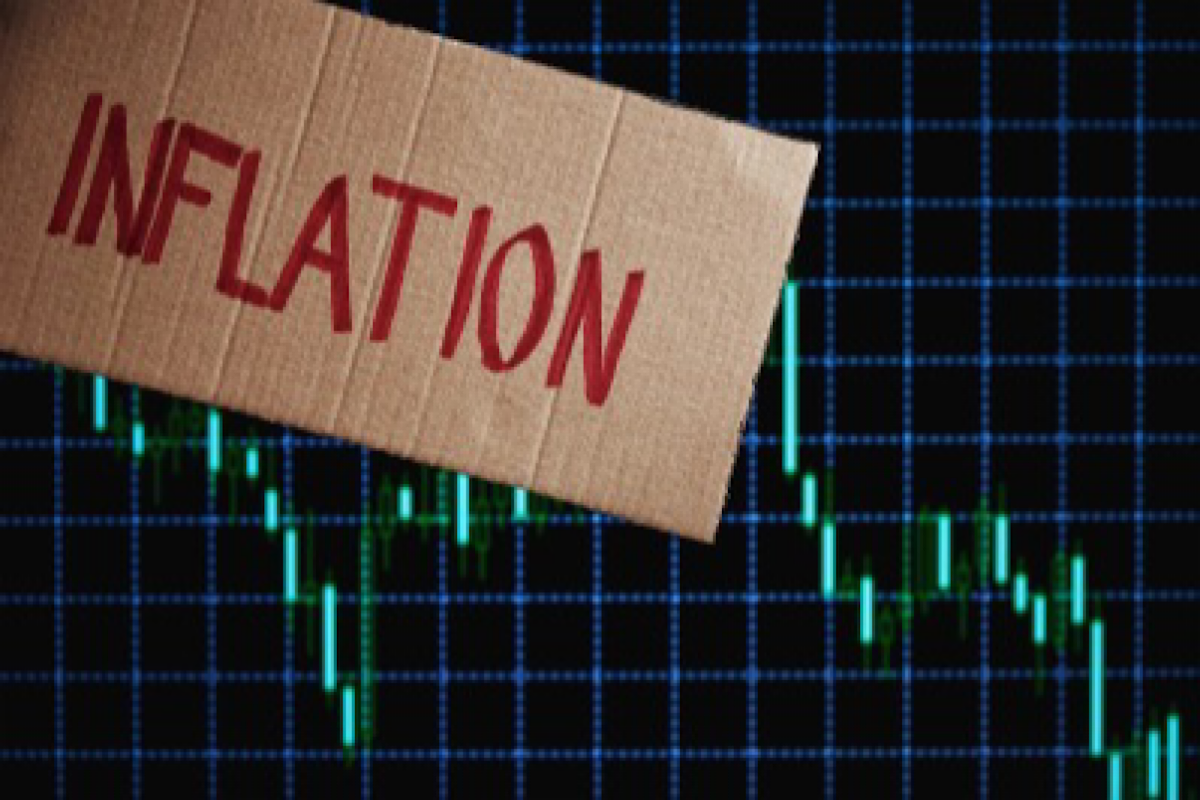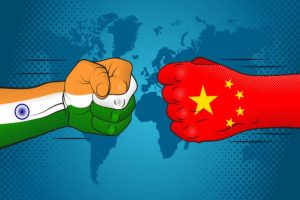India’s July retail inflation rate of 3.54 per cent has reached a five-year low, signalling a positive shift for the economy. This decline, largely due to a decrease in food inflation and a favourable base effect, has exceeded expectations and brought relief to consumers and policymakers alike. However, beneath this optimistic headline lie challenges that require careful attention and strategic planning. Food inflation, a major component of India’s consumer price index, has been a significant factor in the overall inflation rate. In July, food prices rose by 5.42 per cent, a notable reduction from 9.36 per cent in June.
Vegetable prices, which saw an increase of 6.83 per cent compared to a staggering 29.32 per cent in the previous month, have been particularly influential. Similarly, the inflation rates for cereals also saw a reduction, contributing to the overall decrease in food inflation. This easing of inflation has come at a crucial time for the Indian economy, which has been grappling with high inflation rates that have put pressure on consumers’ purchasing power and the Reserve Bank of India’s monetary policy. Despite these positive developments, the path ahead is not without challenges. While the overall food inflation rate has declined, vegetable prices have gone up, if not at the same rate as in the previous month, which is scarce consolation to the consumer.
Advertisement
The momentum of high prices in certain categories, such as pulses, remains a concern. This indicates that the problem of food inflation is far from resolved and requires continued vigilance and policy intervention. The uneven distribution of the monsoon, which is critical for India’s agricultural output, adds another layer of uncertainty to the outlook. Moreover, the core inflation rate, which excludes volatile food and energy prices, has remained relatively stable, hovering around 3 per cent. While this is a positive sign, it also suggests that the underlying inflationary pressures in the economy are still present. The RBI’s projections of inflation averaging 4.4 per cent in the July-September quarter and 4.7 per cent in the October-December quarter indicate that the central bank expects inflationary pressures to persist in the near term.
To address these challenges, policymakers must adopt a multi-pronged approach. On the supply side, efforts should be made to improve the efficiency and productivity of the agricultural sector, which is heavily dependent on the monsoon. This includes investing in infrastructure, technology, and irrigation facilities to reduce the vulnerability of the agricultural sector to weather-related shocks. On the demand side, measures should be taken to increase the purchasing power of consumers and boost economic growth, which will help to stabilise prices and reduce inflationary pressures. The RBI and the government must continue to work together to address these challenges and ensure that inflation remains under control, while also promoting economic growth and stability. This will require a balanced and coordinated approach that takes into account the complex interplay of various factors affecting the Indian economy.











